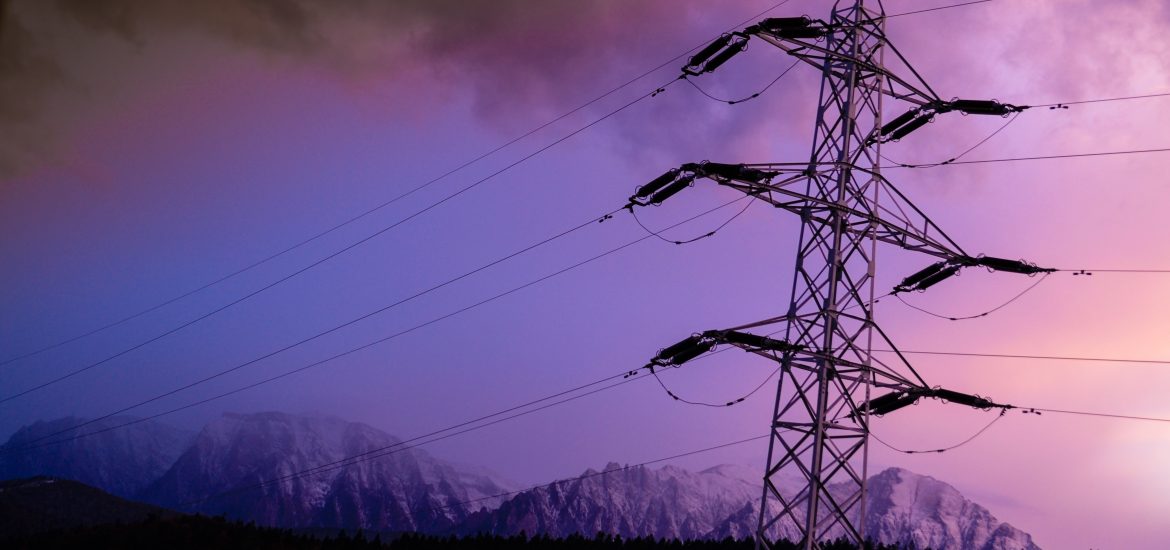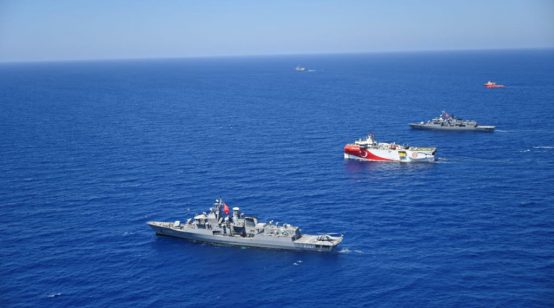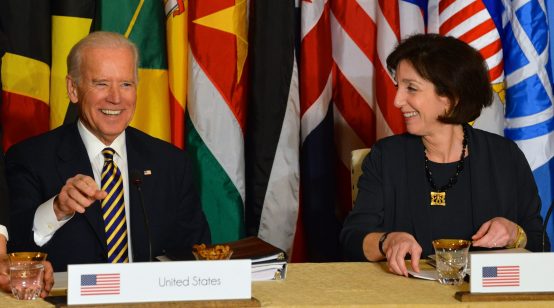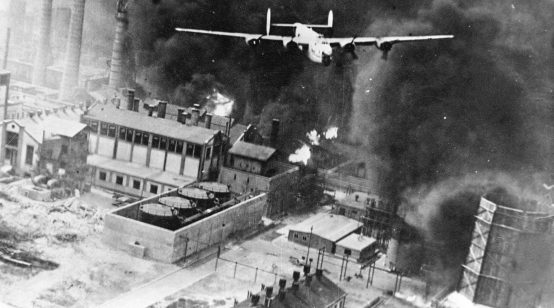
For several years, analysts have predicted that the world would one day be awash with natural gas thanks to new supplies, mostly liquefied natural gas (LNG), coming online. This glut, along with the emergence of spot markets in consuming centers of Europe and Asia, would place steady downward pressure on price. It seems that day has come.
During the third quarter of 2019, prices at the UK National Balancing Point (NBP) and Dutch Title Transfer Facility (TTF) fell to under $4 per million British thermal unit (MBtu). TFF hit its lowest prices ever of $3.20/mBtu in July. Now, the continent’s storage facilities are full and, if exogenous factors break right, prices could drop to below $2/mBtu this winter and into 2020, according to a new report Oxford Institute for Energy Studies (OIES). This scenario could result in U.S. LNG exporters actually holding back some shipments because they are no longer profitable.
This possibility undermines conventional wisdom. Many believed that U.S. LNG would be too expensive to compete with Russia’s pipeline gas. Regardless of whether Europe passes the $2/mBtu threshold, rising global volumes from the United States and Australia, most notably, have allowed Europe to enjoy a buyer’s market for gas that rivals that for oil in the 1950s and 1960s. The continent’s investments and policies since Russia’s 2009 disruption of supplies through Ukraine are bearing real fruit.
Liquidity and its contents
Storage and supply undergird Europe’s strong position heading into the winter, when seasonal demand spikes. Europe’s relative low demand during this past summer allowed it to fill up with its storage tanks heading into the fall and contributed to the fall in prices. Shippers are now looking to other markets in Asia, with Europe topped out. The Parisians and others, who suffered though record heat sans air conditioning in July, deserve a pat on the back.
Yet global supply growth is the cardinal reason for Europe’s elevated position. The continent has embraced LNG imports to reduce dependency on Russian pipeline gas, and has increased imports from Qatar, Russia, and the United States since October 2018.

The rise of spot markets and the reduction in fixed gas contracts with destination clauses and oil-linked prices have also helped. But supply and demand balances and a functioning midstream are the arbiters of price.
The gas market is reminiscent of Europe’s golden decades in oil in the 1950 and 1960s. The Suez Crisis of 1956-7 reshaped the transit for oil from the Middle East. The Japanese led the way in developing supertankers, ships so large that the trip around Africa became economic to entrusting oil to Middle East pipelines and the Suez Canal. Spare supply capacity in the Western Hemisphere, Middle East, and Russia created low prices and steady supply.
Europe’s Suez moment occurred during the winter of 2009, when Russia cut supplies to Ukraine. Brussels counterattacked with policy and the fair hope that new supplies would, eventually, be on the way. These have now arrived.
Getting to $2
Europe’s gas glut is a global story. Lower demand in Asia this summer has helped. The U.S.-China trade war, moreover, has redirected U.S. LNG towards Europe, as the Chinese not longer receives it. But within the European context, exogenous factors will have to occur to reach the $2 threshold. OIES mentions the following: a warm winter, a Ukraine transit deal at the end of 2019, and lower demand in Latin America, the Middle East, and emerging Asia. These would all produce convergence on price across different regions.
During the last two winters, however, Russian gas imports surged to Europe due to cold winters, declining production in the Netherlands, and delays in new LNG projects. The $2 scenario demands no disruption of pipeline flows. But Russia may calculate that it needs to disrupt Europe’s supplies to remind Europe that it needs its gas, weaken the new government in Ukraine, and increase its future leverage with a calculated disruption. Russia would have to tread carefully, of course. A disruption would only strengthen European resolve to abandon Russian gas imports. Meanwhile, Nord Stream II remains in the balance.
A golden opportunity
Europe’s gas glut is great news. It will bolster economic growth, permit more coal-to-gas switching, and decrease the pressure of the geopolitics of gas. Low prices always shift burdens to producers, who will be careful not to lose markets and maintain profits.
But cheap gas comes with a cautionary warning for Europe: it could lock in demand for gas and delay the transition to renewables. Cheap oil in the 1950s and 1960s did just that, establishing the dominance of oil in the global energy system. Climate change and cheaper renewable sources were not available then, of course, but cheap gas will encourage Europeans to consume more of it. New supplies are forthcoming. Australia is set to overtake Qatar as the largest LNG exporter. McKinsey now predicts that the United States will account for half of global gas-supply growth by 2035. Qatar will expand North Field production by 43% by 2024. The glut, in other words, is set to grow.
Europe should use resist the complacency and commercial exuberance of a low-price environment. After all, a recent study by the Rocky Mountain Institute found, after all, that advancements in wind and solar as well as batteries will make gas-fired power plants uncompetitive by the 2030s. Europe’s politics are already pushing an energy transition. Let’s let low gas prices get us over the hump.
Photo credit: pxhere.





